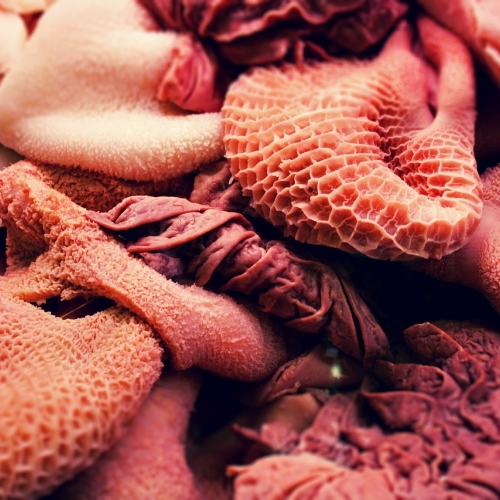The offal business involves the processing, distribution, and sale of offal, which refers to the internal organs and entrails of animals that are typically not consumed as primary cuts of meat. Offal includes organs such as the liver, kidneys, heart, lungs, spleen, tongue, tripe (stomach lining), and other parts of the animal that are rich in nutrients but may be considered less desirable or unconventional by some consumers.
Offal is a byproduct of the meat packing industry that was traditionally consumed out of necessity but has become a delicacy in many cuisines.
Business Model
Offal is typically obtained from the slaughter and butchering processes of animals such as cattle, pigs, sheep, chickens, and other livestock. After slaughter, the internal organs are removed from the carcass and processed for distribution.
Offal may be sold fresh, frozen, or processed into various products such as sausages, pâtés, terrines, soups, stews, or other dishes. Offal products may be distributed to retailers, restaurants, food service establishments, or directly to consumers through specialty shops or farmers' markets.
Offal is often valued for its high nutrient content, including vitamins, minerals, proteins, and healthy fats. Organ meats, in particular, are rich sources of essential nutrients such as iron, vitamin B12, vitamin A, and zinc. Offal is seen as an economical source of nutrient-dense protein and a way to fully utilize butchered animals.
Utilising offal helps reduce food waste by making use of parts of the animal that might otherwise be discarded. This aligns with sustainability principles and contributes to more efficient and responsible food production practices. Restuarants often market offal dishes as cheaper cuts with sustainability in mind.

